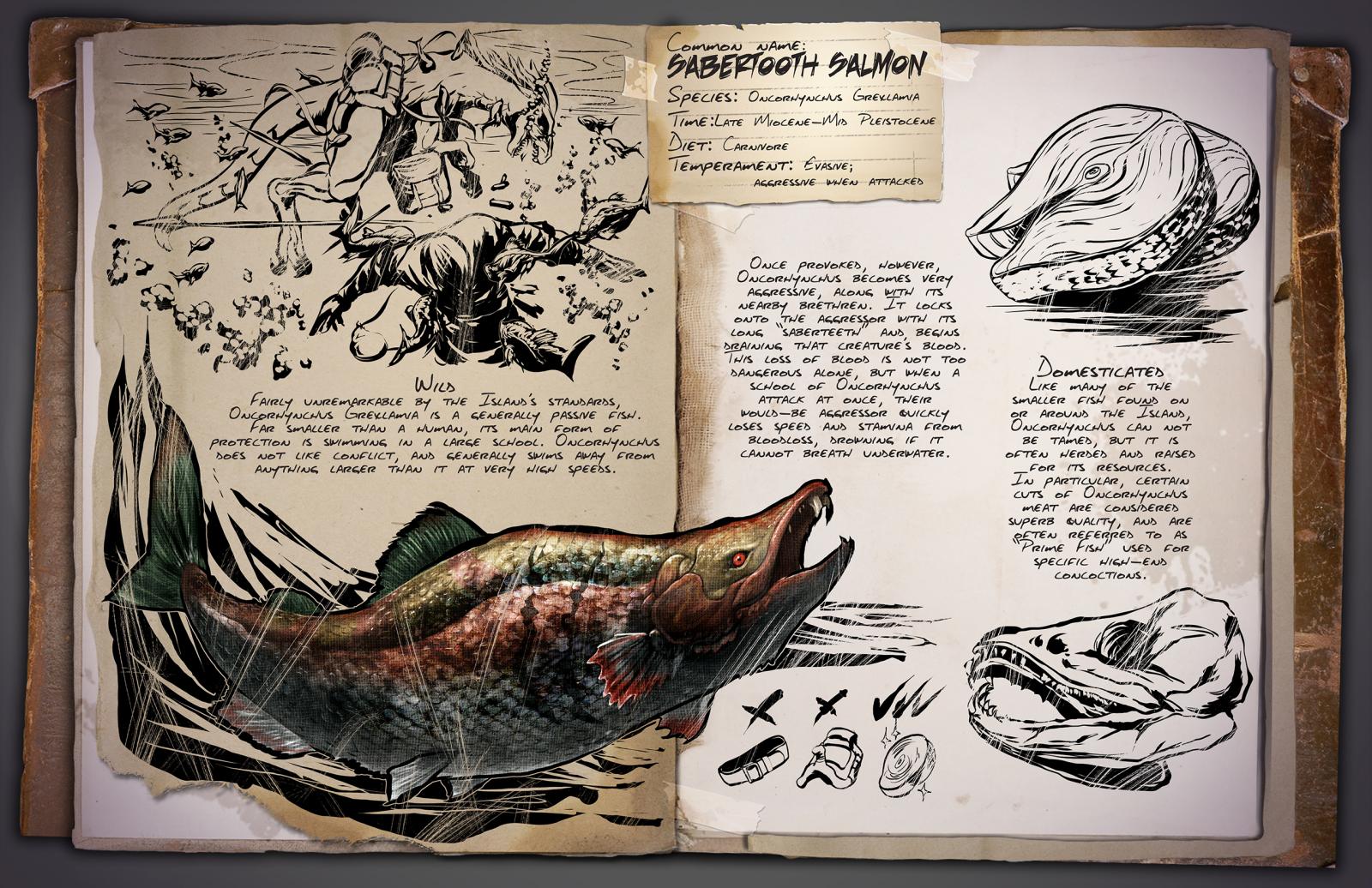

Hirudin, for example, an anti-coagulant found in leech saliva, is used to prevent blood clots after surgery. While sanguivores can be deadly-not because they drain you dry but because they carry diseases-many are merely nuisances to humans. Finally, bloodsuckers have developed anti-coagulants that keep the red liquid flowing while they feed. Incredibly sharp teeth, or comparable tools, slice into flesh easily, decreasing the pain inflicted on the host. They have finely tuned sensory systems that home in on their next meal. Most vampires are small, which helps them to evade detection. While so-called sanguivores are a diverse group, they face similar challenges in finding and feeding on blood, and have evolved a variety of adaptations to suit this specialized diet. "I'm surprised there aren't more animals that evolved to have it as part of their diet." (Scroll down for a list of 10 real-life vampires.) "There's blood everywhere," points out Bill Schutt, vampire bat researcher and author of Dark Banquet: Blood and the Curious Lives of Blood-Feeding Creatures.

While they might sound like characters in an Anne Rice vampire novel, animals ranging from leeches to bats and even birds consume blood. All, however, are after the same prize: warm, oozing blood. Many of them have razor-sharp teeth, and some can jump up to 150 times their own height or defy assassination attempts. Others are so stealthy or well camouflaged that their victims never see them coming. Some emerge at night, creeping up on their unsuspecting prey under cover of darkness.


 0 kommentar(er)
0 kommentar(er)
